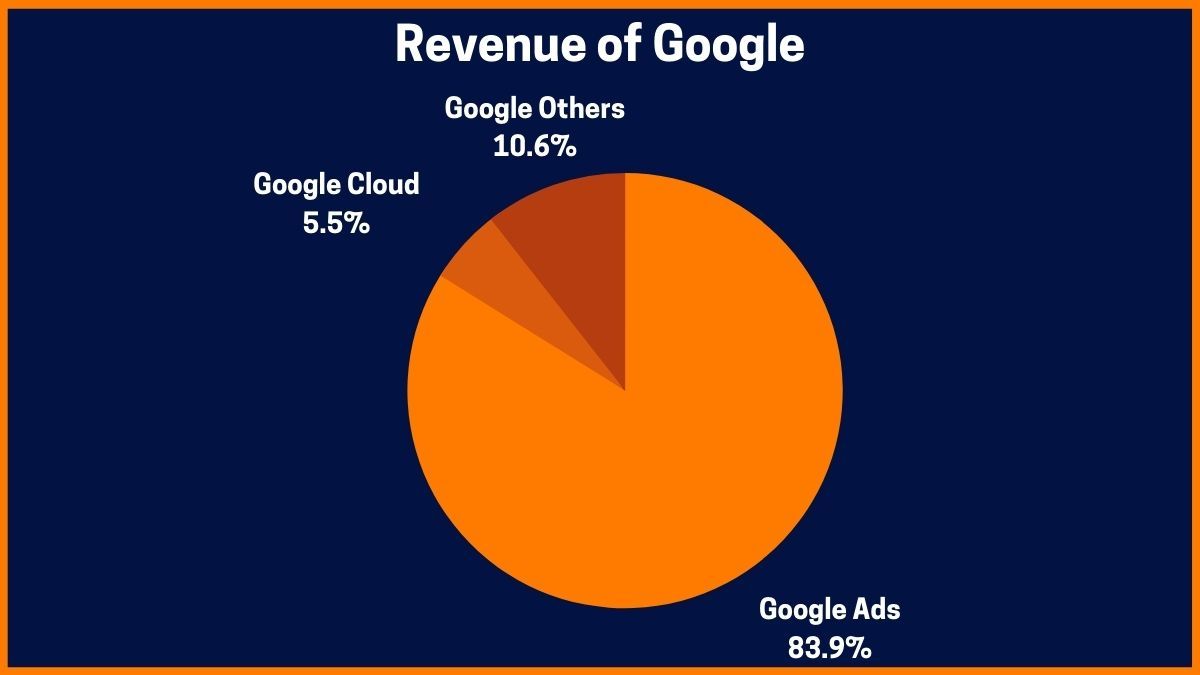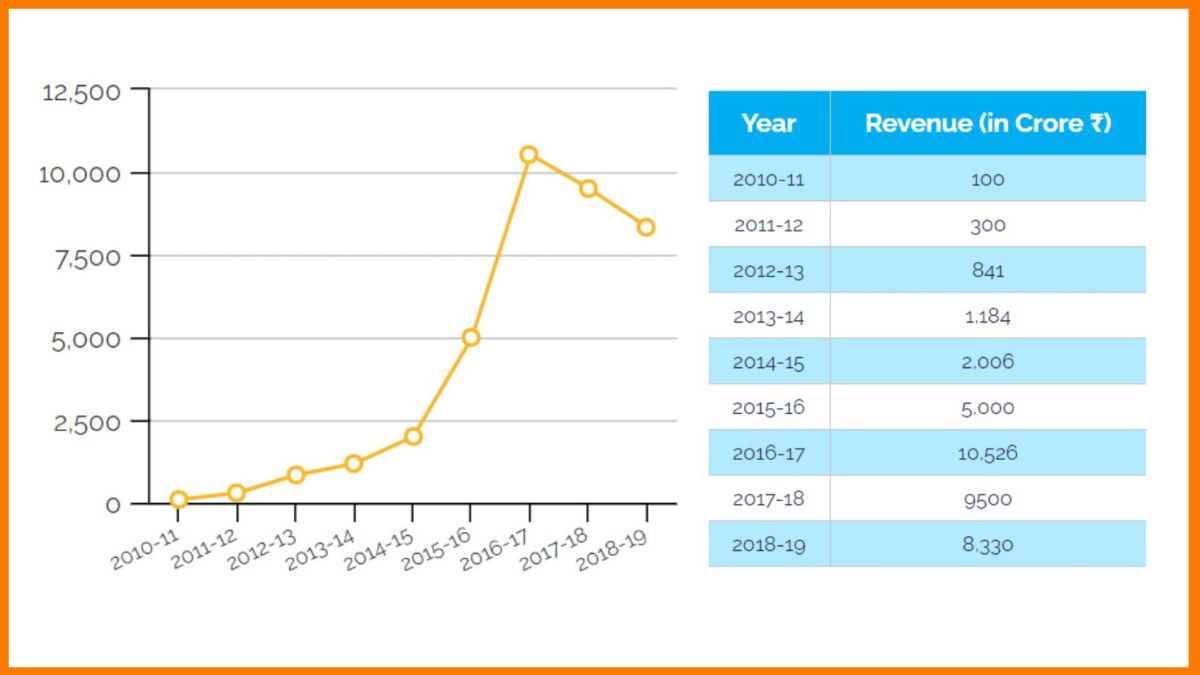The economic crisis that jolted the Indian subcontinent in 1991 did not happen overnight. It was facilitated by a plethora of factors including poor economic policies, trade deficits that lead to the Balance of Payment crisis, inefficient public sector etc. The economic imprudence of the 1980s had started to set the tone for the impending crisis which was called a “policy-induced crisis par excellence” by Joshi and Little in their seminal work.
Inconsistent Rise and Falls
Import Liberalisation and its Ramifications
Political Instability and other indigenous and Exogenous Factors
The Deal With the IMF (International Monetary Fund)
Balance of Payment Crisis
The Gulf War
The Revival of the Indian Economy
FAQ
Inconsistent Rise and Falls
As the country’s fiscal policies were going loose at the behest of the country’s worst drought since independence and a global oil shock in 1979 caused by the Islamic revolution in Iran, the recommendations of the seventh Finance Commission was rather one-sided than concentrating on means to cater to both consumers and suppliers.
It recommended a significant increase in the revenue shares of states without easing the responsibilities of the central government, which caused the existing fiscal deficit of the government to sour.
The increasing political assertions of the marginal groups along with the decaying powers of political institutions also resulted in mere populist measures to address problems that were not only insufficient but also short-termed.
Along the same line, the country saw an increase in procurement prices with no corresponding increase in issue prices. Taxes were reduced and subsidies burgeoned ten times their value last year.
Import Liberalisation and its Ramifications
Deviating from its regular economic conservatism in 1976 the Indian government liberalised import which was expected to increase the supply of intermediate and capital goods. However, export growth could not keep up with it.
By 1985, imports swelled and India was facing twin deficits. One that of fiscal deficit and the other that of trade deficit. Average fiscal deficits moved up to 6.5% from 5% in the 1970s. The only factor that held everything together was the increasing remittances from employees in the Gulf region.

Political Instability and other indigenous and Exogenous Factors
The central government was going through a tumultuous time as the ruling party (Janata Party) split into two and collapsed. This political instability was accompanied by severe drought and the oil shock of 1979.
As agricultural productions nosedived by a sixth in terms of trade, oil prices and current account deficit soured. It was only the timely procurement of food grains over the year that saved the nation from famine.
The Deal With the IMF (International Monetary Fund)
In order to expand the energy sector, exports and savings, along with reviving the Indian economy the central government approached the IMF to fund its package in 1980. The IMF however, resorted to different financial measures which the country had to abide by.
Later, the Chandra Sekhar government failed to pass the budget and the poor ratings given by Moody made India ineligible for any short term loans. In this situation, the IMF also stopped their financial assistance which forced the government to mortgage the country’s gold for bailing out.
In May 1991, India had to airlift more than 20 tones of gold to raise $240 million. Although the desperate move was heavily criticized, it was inevitable.

Balance of Payment Crisis
The 1980s also saw a BoP crisis as the current account deficit remained between 40% and 50% of the exports in the latter half of the 1980s. It resulted in the increase of external liabilities in the 1990s, 50% of which as owned by the public sector. India’s forex reserves started to deplete as imports increased.
By July 1991, India had only less than $1 billion in its foreign reserves which can last to fund three weeks of imports. The major cause of the Balance of Payment crisis was the inability of exports to catch up with imports, improper management of the investment savings which resulted in deficit and depending on non-concessional external borrowing to cater to that deficit.

The Gulf War
The Gulf War in the 1990s was the tipping point for the already fragile Indian economy. The fuel prices skyrocketed which affected the prices of all goods in the country. The war also meant that a lot of Indians lost their jobs and had to come back. Thus, the remittances which held the economy together was not available anymore. India fell into a deep economic crisis where it was at a disadvantageous position from all sides.
The Revival of the Indian Economy
The Narsimha Rao government with Manmohan Singh as the Finance Minister, began its journey towards economic recovery. First, to reduce inflation and promote internal markets, export subsidies were cut.
The value of the rupee was first depreciated by RBI to 9% and then to 11%. Further, domestic supply constraints were cleared and doing business was made easier by reducing the complexity of procuring permits and licenses.

The economy was liberalised, privatisation was promoted. Foreign Direct Investments were also largely encouraged. Industries were given better structural and operational freedom which helped them expand and develop. The budget of 1991-92 was more about continuing these economic reforms to sustain and strengthen the changes.
Conclusion
The efforts of the Narasimha Rao government was not in vain. Indian economy started to boom in the years that followed. At a time when the country is struggling with negative growth rates and shrinking GDP, the lessons learned from the 1991 financial crisis should be revisited and analysed so as to come up with efficient solutions. There is absolutely no doubt that there will be flaws.
Even the economic reforms of 1991 also had its own flaws and it still bears the grunt of the criticisms. However, it is important to come up with valuable reforms that can save the economy from an economic depression like in 1929.
FAQ
What caused the 1991 currency crisis in India?
The 1991 financial crisis was caused due to currency overvaluation.
Who was the finance minister of India in 1991?
Manmohan Singh was the finance minister of India in 1991.
Who was the prime minister in 1991 in India?
P. V. Narasimha Rao was the prime minister of India in 1991.






































